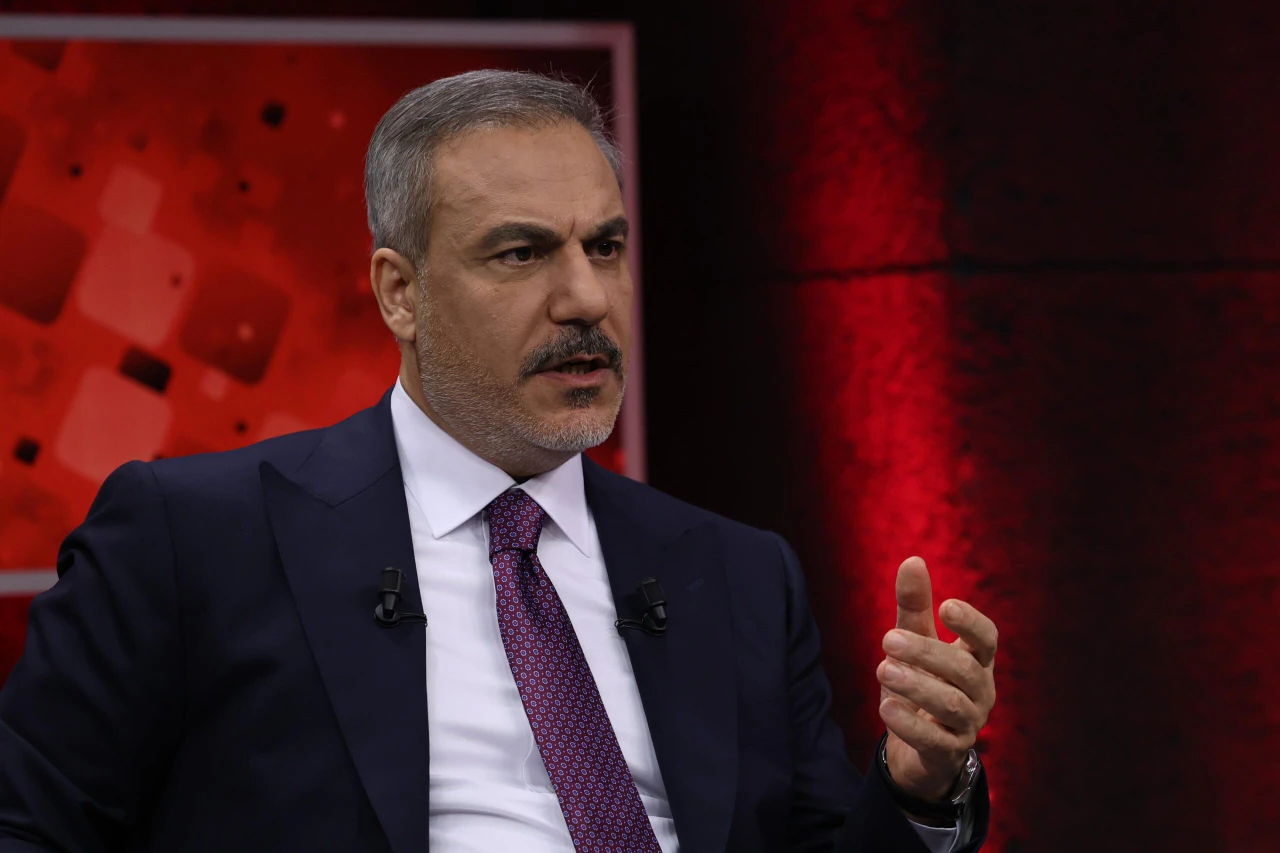Historic Rome or urban construction site? Tourists left disappointed
 People looks to historical Trevi Fountain as the ongoing restoration activities in the landmarks and the ongoing infrastructure and construction works give the city the appearance of a construction site in Rome, Italy, November 11, 2024. (AA Photo)
People looks to historical Trevi Fountain as the ongoing restoration activities in the landmarks and the ongoing infrastructure and construction works give the city the appearance of a construction site in Rome, Italy, November 11, 2024. (AA Photo)
Rome, celebrated for its unparalleled historical landmarks and charming streets, currently resembles a vast construction site. Iconic monuments and central thoroughfares are undergoing extensive restoration and infrastructure upgrades, transforming the open-air museum into a city of scaffolding and barriers.


Centuries-old landmarks get makeover
With a history spanning 2,777 years, Rome is one of the world’s oldest cities. However, ongoing restoration projects on its famous streets, squares, and monuments have left visitors surprised. While tourists often plan to immortalize their visits with photographs, many now face challenges capturing these iconic sites due to construction work.
Residents are also grappling with issues stemming from the projects, including traffic congestion caused by road maintenance and metro construction in key areas.

Jubilee Year preparations drive renovations
The primary driver behind Rome’s bustling construction activities is the upcoming Jubilee Year. This Catholic tradition, celebrated every 25 to 50 years, is set to attract over 30 million pilgrims in 2025. To accommodate this influx, Rome is undergoing long-overdue infrastructure improvements.
Major streets near Vatican City are being repaved, while key intersections are being redesigned. Significant tourist attractions like the Bridge of Angels, Pantheon Square, Navona Square’s Four Rivers Fountain, and the famed Trevi Fountain are temporarily closed for restoration.

Trevi Fountain’s temporary solution divides opinions
The Trevi Fountain, one of Rome’s most beloved landmarks, has been closed for its first major restoration in a decade. To preserve the tradition of throwing coins into the fountain, the city has installed a portable pool. A temporary walkway allows visitors to view the fountain’s sculptures up close.
While these efforts aim to maintain the site’s allure, some locals criticize the portable pool as “unsightly.” Nevertheless, Mayor Roberto Gualtieri announced that restorations are on track to finish by Dec. 24, ahead of the Jubilee Year’s official start.

Metro construction in Venice Square to continue until 2034
Beyond its iconic landmarks, Rome is also constructing a metro station 85 meters deep beneath Venice Square as part of its third metro line.
Archaeological discoveries from ancient Rome have slowed the progress of this decadelong project, set to conclude in 2034.
Mixed reactions from tourists
Despite initial disappointment, many tourists acknowledge the necessity of these restorations.
Joanna from Sweden remarked, “These barriers affect my experience, but it’s worth it for the future preservation of these landmarks.” Similarly, German visitor Bernard stated, “Having visited Rome before, I understand the importance of these interventions.”


Rome Municipality promises improved experience by year-end
Mariano Angelucci, tourism commission chair for Rome, acknowledged the challenges posed by over 1,000 active construction sites. “While these projects cause inconvenience, they are vital to addressing 15 years of neglected infrastructure,” he said.
Angelucci added that funding for the work comes from three main sources: Jubilee Year allocations, European Union recovery funds post-COVID-19, and the city’s regular investment budgets.
Prominent squares like Pia, San Giovanni, and Cinquecento are expected to be ready by Dec. 24. Angelucci promised, “By year’s end, Rome will be more functional, allowing everyone to enjoy the city to its fullest.”
Rome’s extensive renovations may temporarily inconvenience tourists and residents, but they are pivotal in preparing the Eternal City for future generations. As it gears up for the Jubilee Year, Rome’s transformation ensures it remains a global cultural and religious capital.



